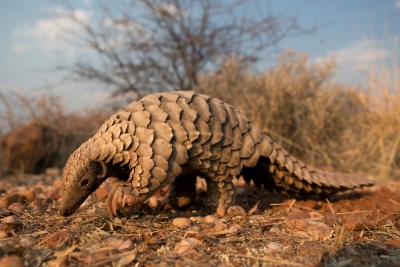
Pangolin is the only mammal said to be covered completely in scales. But it is these very scales that have largely brought about their decimation.
Why is it trafficked?
There are eight pangolin species – four each in Asia and Africa. And in both these continents, the mammals have been hunted for meat, and their scales have been used in traditional medicine. The scales are used in treating several ailments, particularly in many Asian countries. The demand for these scales has been steadily increasing over the years, and alarmingly, in addition to Asia, the number of animals being trafficked from Africa too has been increasing. This has been happening in spite of a 2017 international trade ban on all the species. In the last decade alone, more than one million pangolins are said to have been poached, according to the National Geographic, making them the most-trafficked mammal. It is believed that these numbers could be higher because small-scale smuggling could go undetected.
It’s keratin, after all!
Pangolin parts, especially the scales, are important ingredients in traditional Chinese medicine. They are believed to cure skin infections, among others. Though people continue to believe in these medicines, there has been no scientific evidence to support the theory that these scales could actually cure any ailments. However, it is assumed that it could just be the placebo effect (placebo effect refers to a phenomenon when a fake treatment appears to improve a patient’s condition because the person believes it works). It is likely that the scales have no curative properties because they are made of the same protein our nails and hair strands are made of- keratin!
With its defence mechanism of rolling itself into a ball, the pangolin is relatively safe from predators in the wild. Clearly, humans are its only big problem.
Picture Credit : Google

